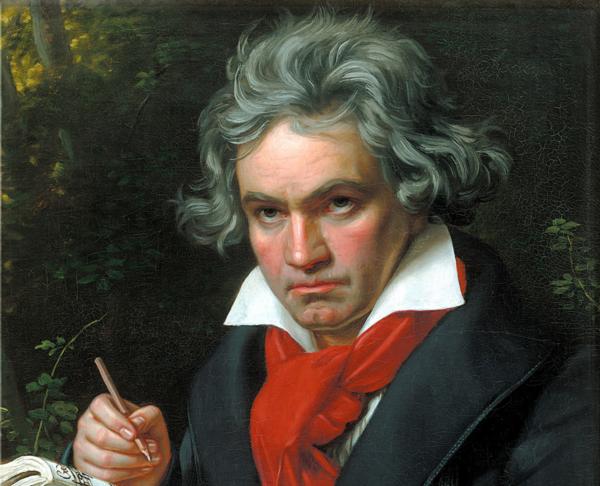MCO’s Concert Grand can be heard in Melbourne on Thursday 20 July at The Deakin Edge, Federation Square & Sunday 23 July at Melbourne Recital Centre.
Claude Debussy
DEBUSSY arr NILSON
Préludes Book 1
iv. Les sons et les parfums tournent dans l’air du soir
viii. La sérénade interrompue
ix. La fille aux cheveux de lin
xii. Minstrels
Claude Debussy (1862–1918) wrote his two books of Préludes between 1910 and 1913, with 12 preludes in each book. Unlike Chopin’s Préludes or those of Bach, these do not follow a cycle or progression of keys. Debussy produced the works in a relatively short period of time; the first book was completed in three months to February 1910, and the second between the final months of 1912 and April 1913. The Préludes cover a great expanse of musical and textural sonorities.
Whilst the titles of the preludes are important, Debussy placed each title as a footer at the end of each work, suggesting his desire not to dictate the meaning and intent but to leave the interpretation open.
The evocative Les sons et les parfums tournent dans l’air du soir (The sounds and fragrances swirl through the evening air) is based on a line of Charles Baudelaire’s poem, Harmonie du soir (Evening Harmony). La sérénade interrompue (Interrupted Serenade) alludes to a performance on a guitar. La fille aux cheveux de lin (The Girl with the Flaxen Hair) portrays a gentle and expressive image from a poem by Leconte de Lisle. Minstrels, the final piece in Book 1, is said to have been inspired by a black street band the composer heard on an earlier journey to Eastbourne in England.
Wolfgang Amadeus Mozart
Piano Concerto No 17 in G major K453
i. Allegro
ii. Andante
iii. Allegretto
Wolfgang Amadeus Mozart (1756–1791) wrote six piano concertos in 1784 (nos 14 to 19), all written and premiered in Vienna. The G major piano concerto is scored for flute, 2 oboes, 2 bassoons, 2 horns, and strings. Throughout the concerto the winds play a prominent part, often leading the thematic exchanges with the piano.
The opening Allegro is both casual and graceful with the themes unfolding with a beautiful sense of ease. The Andante is marked by several shifts of key and the prominent use of the winds. The final movement, a set of variations initially marked Allegretto, gradually develops in complexity with the last variation marked Presto – a type of fantasia that could easily be the finale to an opera.
While the concerto is in G major, Mozart explores many modulations of key and uses chromaticism extensively throughout each movement, creating a great sense of drama and tension.
Felix Mendelssohn
Piano Concerto in A minor MWV O2
ii. Adagio
Felix Mendelssohn (1809–1847) wrote this Piano Concerto around 1821–22, and first performed it when he was 13. It was a particularly productive period for the young composer; he also completed eight sinfonias (string symphonies) and a violin concerto around the same time. In the next year he went on to compose five more sinfonias, a concerto for two pianos, and the concerto for violin, piano and strings.
The concerto demonstrates the brilliant young craftsman. The Adagio is the middle movement of the concerto and is characterised by a beautifully serene melody that carries through the movement.
Ludwig van Beethoven
Symphony No 1 in C major Op 21
i. Adagio molto – Allegro con brio
ii. Andante contabile con moto
iii. Menuetto – Allegro molto e vivace
iv. Adagio – Allegro molto
Ludwig van Beethoven (1770–1827) composed widely across forms and genres, building on the traditions and developments of Haydn and Mozart, and influenced the direction of musical changes through the nineteenth century. So much of his music remains in the concert repertoire – none more than his nine symphonies.
Symphony No. 1 was composed between 1795 and 1800 and premiered on 2 April 1800 in Vienna; it was Beethoven’s first major benefit concert. The program included his Piano Concerto No. 2, the Septet in E flat, as well as works by Mozart and Haydn. Scored for 2 flutes, 2 oboes, 2 clarinets, 2 bassoons, 2 horns, 2 trumpets and 2 timpani, it makes reference to symphonies of Haydn and Mozart.
The work is in four movements, the first of which commences with a slow lyrical introduction followed by the Allegro in sonata form with its two distinct and contrasting themes. The Andante with the designation con moto (with movement) is not quite the slow movement of earlier times. Again, the movement is in sonata form and explores the full sonorities of the orchestra. The Menuetto is marked to be played so fast that it takes on the character of the Scherzo that Beethoven subsequently used in many of his symphonies. The finale commences with a slow introduction consisting of a loud chord played by the full orchestra and followed by an ascending C major scale. This leads into the Allegro molto in sonata form, a powerful movement reminiscent of the brilliance of Haydn.
*David Forrest

